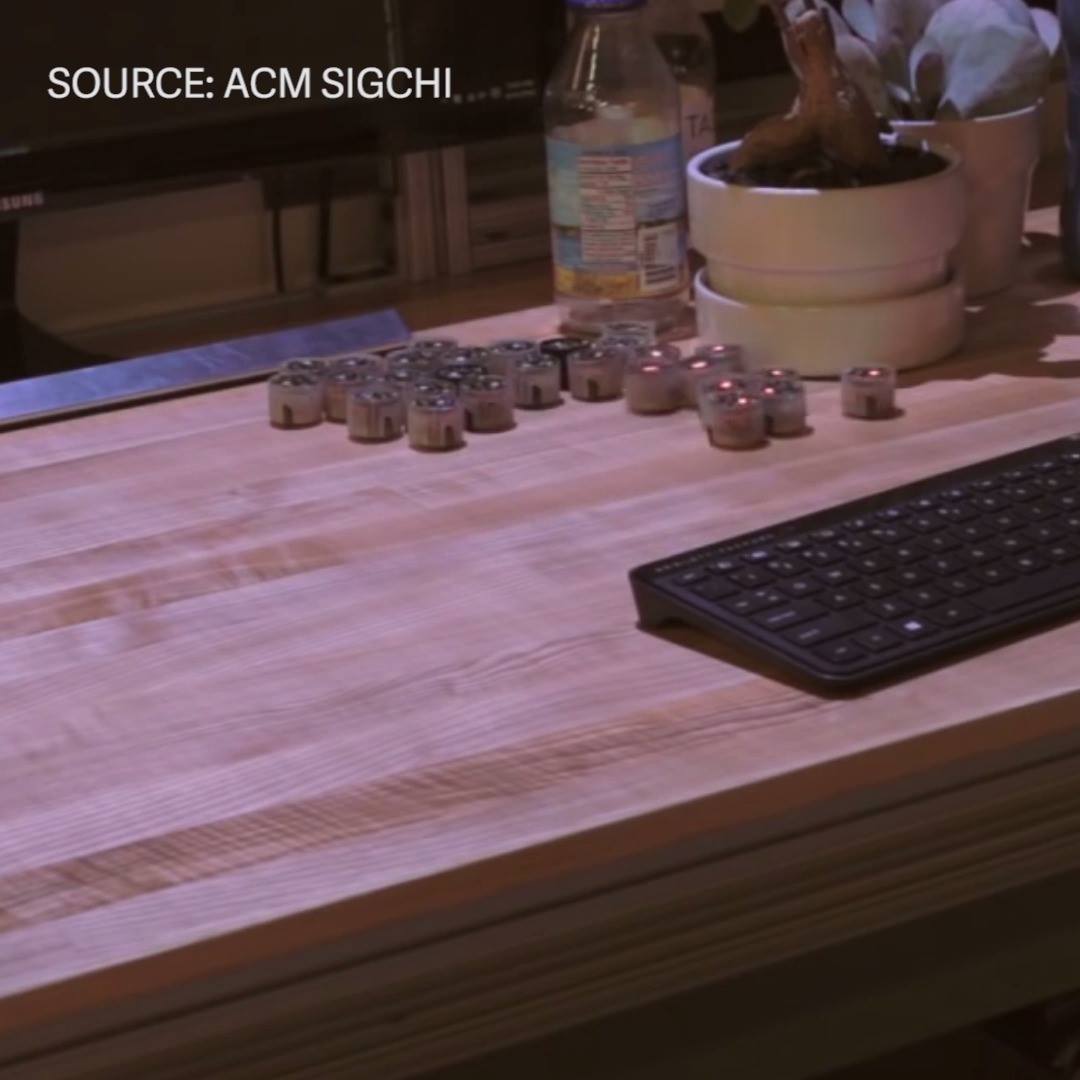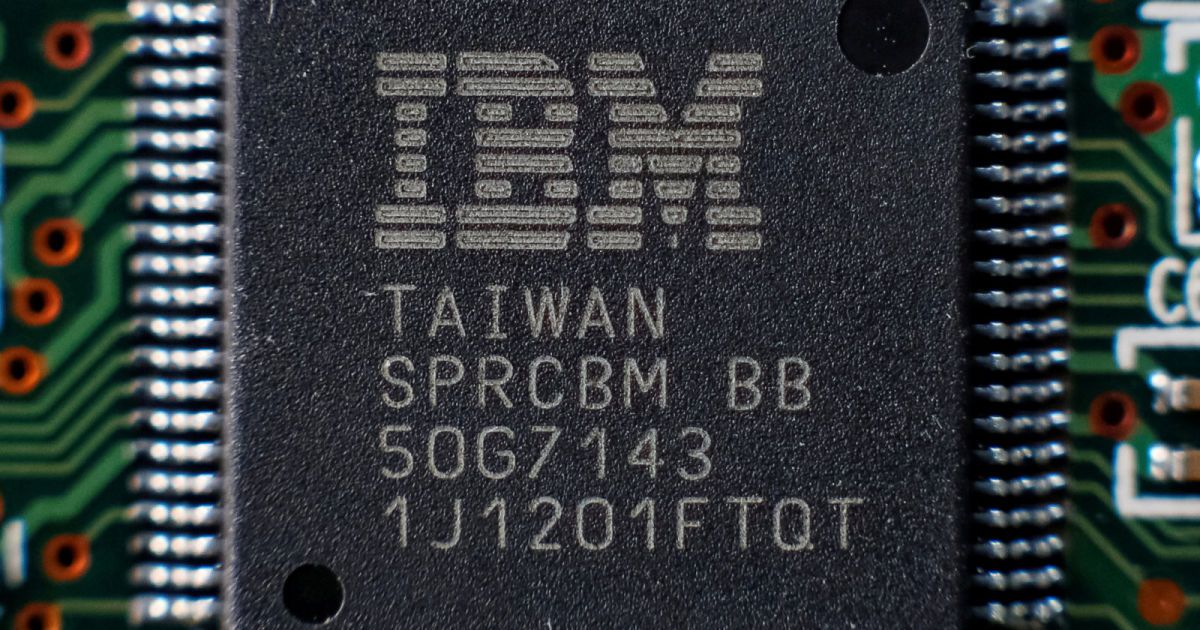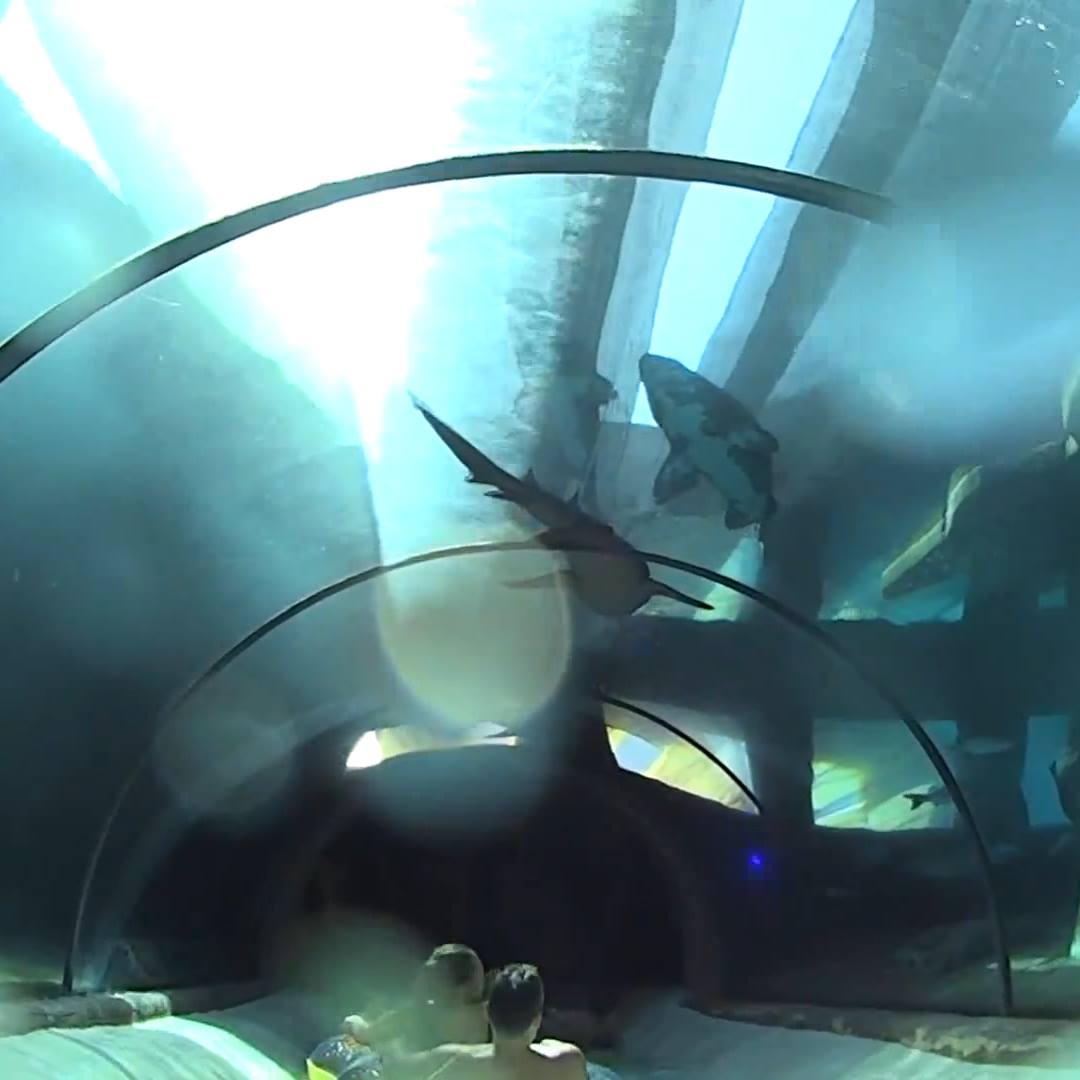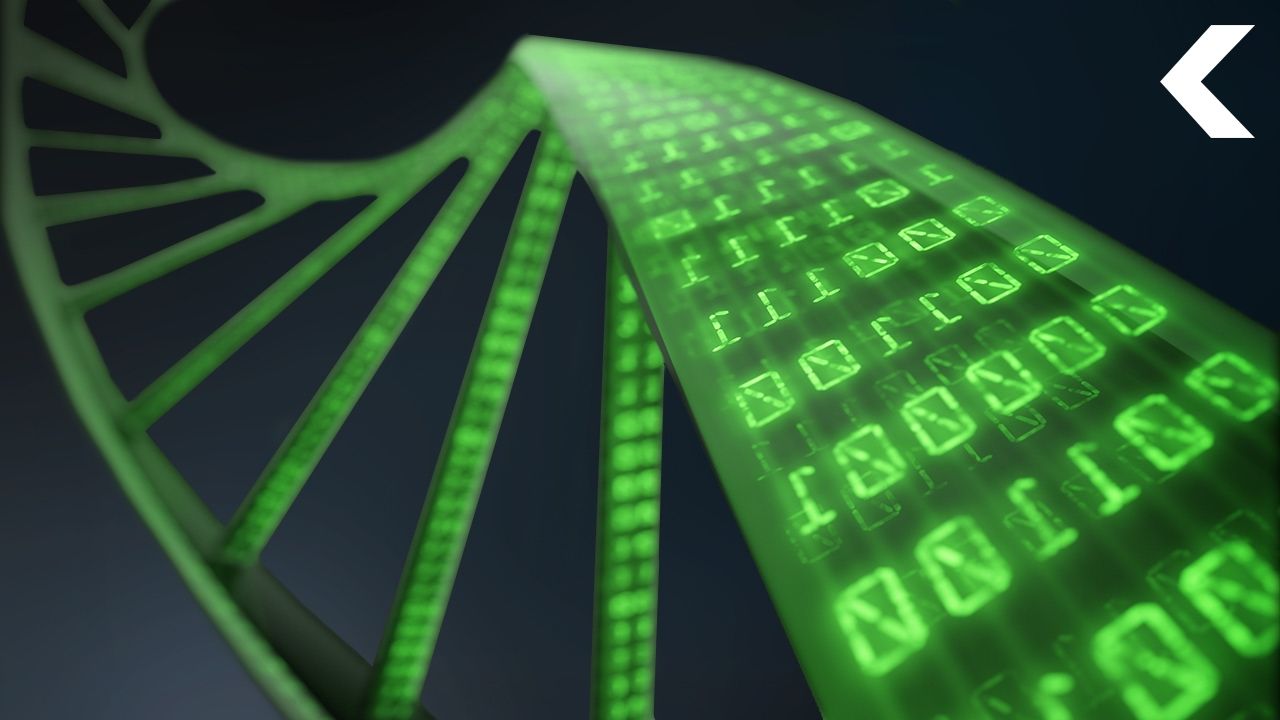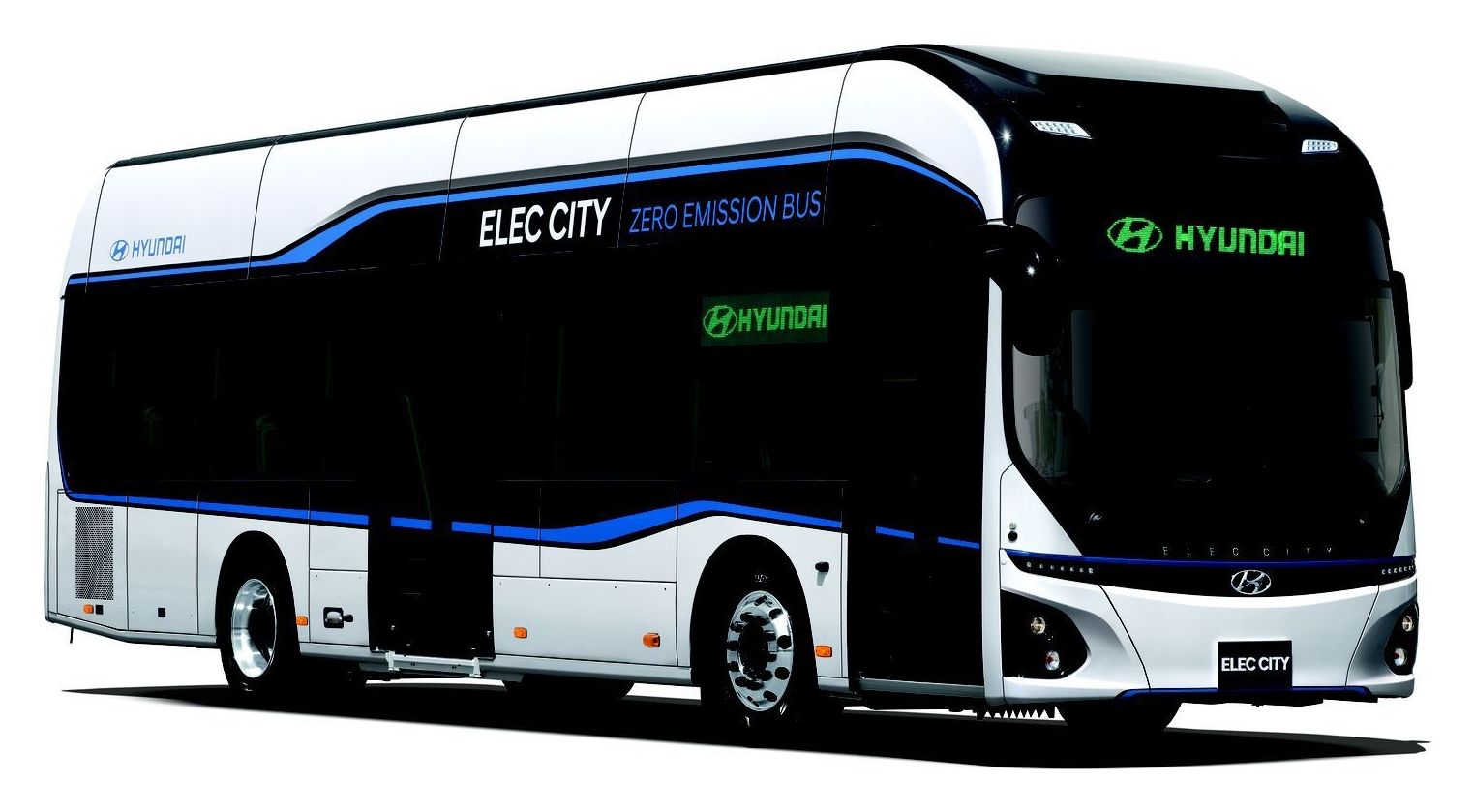Page 10051
Jun 7, 2017
We Could Build an Artificial Brain Right Now
Posted by Shailesh Prasad in category: robotics/AI
- Feature
- Computing
- Hardware
We Could Build an Artificial Brain Right Now.
Large-scale brainlike systems are possible with existing technology—if we’re willing to spend the money.
Jun 7, 2017
Suddenly Vladimir Putin Meets Vitalik Buterin, Endorses Ethereum
Posted by Shailesh Prasad in categories: bitcoin, business, cryptocurrencies
The International Economic Forum, which just wrapped up in St. Petersburg, reportedly resulted in more than €30 bln of investments. The final and the most important result, however, is measured not in numbers, but in the mood and attitude of those who attended the Forum and who was keeping an eye on the events and meetings held in the North “capital” of Russia.
The cryptocurrency community is for sure left stunned by the recent meeting between Russian President Putin and the founder of Ethereum Vitalik Buterin.
As commented by Kremlin Press Secretary Dmitry Peskov, during the meeting, Putin and Buterin discussed the application of technologies in the country. Reportedly, the president supported the idea of establishing new business relationships following the road paved by Blockchain technology.
Continue reading “Suddenly Vladimir Putin Meets Vitalik Buterin, Endorses Ethereum” »
Jun 7, 2017
IBM squeezes 30 billion transistors into a fingernail-sized chip
Posted by Shailesh Prasad in categories: computing, internet, mobile phones, neuroscience
Who said Moore’s Law was dead? Certainly not IBM or its chip partners Globalfoundries and Samsung. The trio has developed a transistor manufacturing process that should pave the way for 5-nanometer chips. While the team etched the chip using the same extreme ultraviolet lithography (EUV) used for the breakthrough 7nm chip, it ditched the common FinFET (fin field effect) transistor design in favor of stacks of silicon nanosheets. The switch makes it possible to fine-tune individual circuits to maximize their performance as they’re crammed into an incredibly small space. How small? At 5nm, the group says it can squeeze 30 billion transistors into a chip the size of a fingernail (see below) — not bad when the 7nm chip held 20 billion transistors a couple of years ago.
IBM sees the technique helping its own cognitive computing efforts as well as the Internet of Things and other “data-intensive” tasks. However, it’s also painting a rosy picture for the future of mobile devices — it imagines phones having “two to three times” more battery life than current devices. That’s likely optimistic (phone makers tend to focus on speed over longevity), but it won’t be shocking if future hardware is both faster and wrings out a little more from every charge.
Just don’t expect to see real-world examples of this for a while. We haven’t even seen devices shipping with 7nm chips (they’re not expected until 2018 at the earliest), so it could easily be a couple of years or more before 5nm arrives. Still, that 5nm is even on the roadmap is important. Chip designers won’t have to reinvent the wheel to get meaningful improvements, and you won’t have to worry about device performance growing stale for at least the next few years.
Jun 7, 2017
Electric car costs forecast to hit parity with petrol vehicles
Posted by Shailesh Prasad in categories: sustainability, transportation
Jun 7, 2017
Microsoft Plans to Have a DNA-Based Computer by 2020
Posted by Shailesh Prasad in categories: biotech/medical, computing
Jun 7, 2017
Hyundai’s new electric bus has 180 miles of range and fully charges in an hour
Posted by Shailesh Prasad in categories: Elon Musk, transportation
After a lot of speculation, Korean automaker Hyundai finally pulled the wraps off of its first mass-produced electric bus this week. It’s called the Elec City. It has a range of 180 miles, thanks to a 256kWh battery pack, according to Hyundai. A report from the Yonhap news agency says the bus can also be fully charged in just over an hour. The company plans to launch the bus in 2018.
While that’s more than double what had been rumored for Hyundai, it’s still a far cry from the massive 660kWh capacity of the Catalyst E2, the newest bus from American manufacturer Proterra. The Catalyst E2 supposedly gets 350 miles of street driving on a single charge, and maybe more with some highway driving mixed in. Plus, Proterra’s new bus will hit the road in 2017.
It’s not clear if Hyundai would ever bring its bus to North America, but if it did, Proterra wouldn’t be the only competition. Chinese manufacturer BYD has sold buses in California. Canadian company GreenPower has a small foothold as well. Tesla CEO Elon Musk even flirted with the idea, though it appears that the project could be on hold while he works on tunneling under Los Angeles. Adoption rates could go up as electric buses get better and cheaper, too. Despite the fact that they’re about twice as expensive as their diesel counterparts in the early going, a recent study from Columbia University estimates that they could save cities money over the long haul.
Continue reading “Hyundai’s new electric bus has 180 miles of range and fully charges in an hour” »
Jun 7, 2017
Google’s huge new London HQ is a ‘landscraper’ with a rooftop garden
Posted by Shailesh Prasad in category: futurism
Jun 7, 2017
Microsoft Demonstrates Holograms with Phase-Only Displays
Posted by Shailesh Prasad in categories: augmented reality, computing, holograms

Microsoft Research has published a technical paper reviewing their work with near-eye displays for virtual and augmented reality to project phase-only holograms.
The team built a holographic projector that displayed a series of sub-holograms, which allowed the hologram to display variable depths of focused light. The projector was then combined with a series of eyepieces to achieve the displays.
Continue reading “Microsoft Demonstrates Holograms with Phase-Only Displays” »
